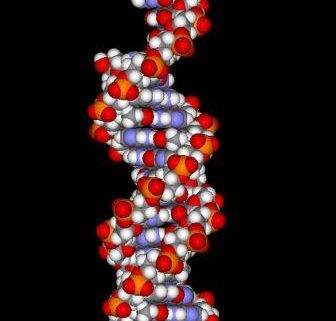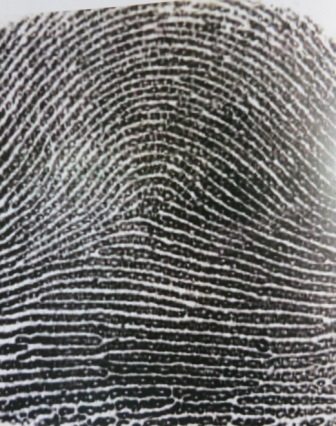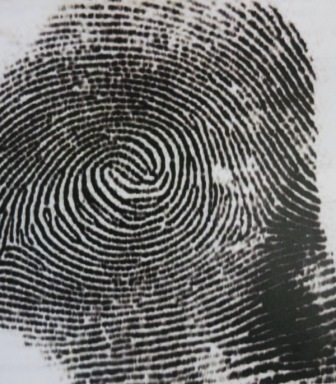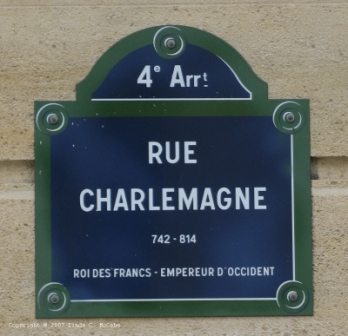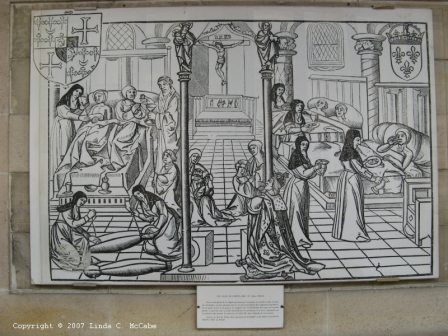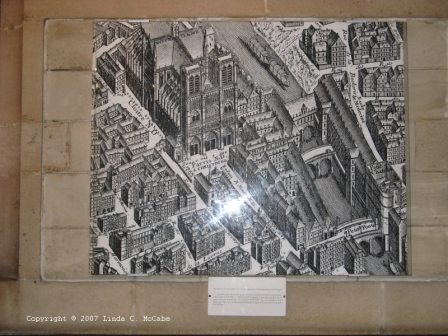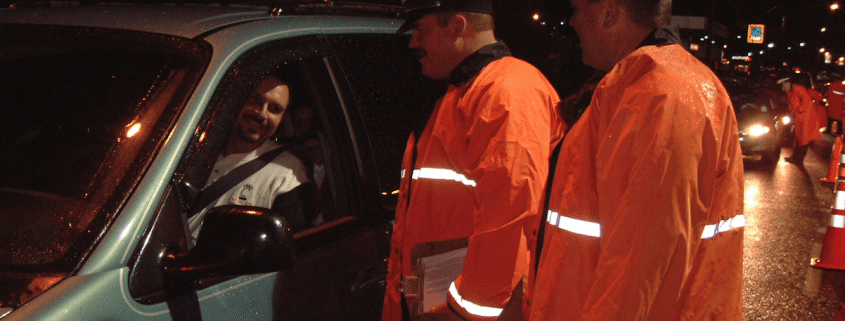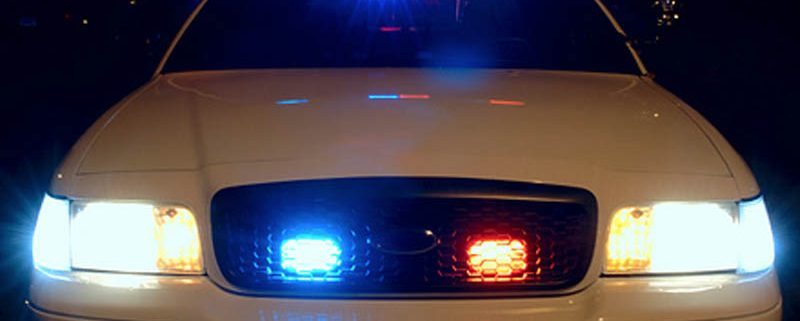DNA is a very reliable science, but it does have its limitations. It also has its share of flaws. Don’t believe me? Then you should ask Jerry Bellamy, a New Jersey man who was arrested and jailed for the decades old rape and murder of 13-year-old Jane Durrua.
In 2004, prosecutors charged Bellamy with the girl’s death after a forensic scientist linked DNA evidence – semen found on the dead girl’s underwear – to him. Bellamy was already serving a prison sentence for an unrelated sexual assault and was about to be released when he was formally charged with Durrea’s murder. The charges were based solely on the DNA evidence found by the scientist.
IN 2006, state authorities realized the lab scientist had handled DNA evidence relating to another case involving Bellamy and the evidence from the Durrua case on the same day, at nearly the same time. This new development raised the possibility that the scientist could have cross-contaminated the Durrua evidence. Therefore, prosecutors had no choice but to drop the charges against Bellamy, and he was released.
Since then, further DNA testing has indicated another suspect in the murder – Robert Zarinsky, a man already serving time for the 1975 murder of Rosemary Calendriello. Bellamy had already spent two years in prison for a crime he didn’t commit.
Robert Zarinsky – AP photo by Jennifer Brown
Testing of DNA found on Jane Durrua’s slip cleared Jeremy Bellamy of her murder.
Other cases of contaminted DNA, mislabeled evidence, and samples that were accidentally switched occur more frequently than you’d think possible. For example, a state lab in California reported that DNA found on a cigarette butt matched the DNA profile of a sexual assault victim from another case. These results could have meant that the assault victim had smoked the cigarette, but was that actually the case? No. The lab technician working the case processed the cigarette butt close to the victim’s vaginal sample. The evidence in both cases were cross-contaminated.
In 2003, a lab scientist somehow contaminated (a sneeze or cough?) a DNA sample with her own DNA profile.
In 2001, the same scientist in the 2003 case above ran a test on a suspect’s DNA and reported the man’s DNA profile didn’t match his own DNA. WHAT???
In 2002, a scientist accidentally mixed two separate samples from two separate cases in one tube.
A huge backlog of cases in our nations labs also contributes to unsolved and reoccurring crimes, such as rape. Why? Because over 400,000 evidence samples are waiting to be tested, but staff and funding shortages are preventing the cases from moving forward. The suspects in these cases remain free, on the streets, to commit additional crimes. In 2008, Los Angeles alone had a backlog of over 7,000 DNA samples waiting to be tested.
There are many more cases such as the ones I’ve mentioned which leads to one conclusion. DNA testing is not perfect. Therefore, should our courts be sentencing people to life in prison, or worse, to death, based upon a flawed system of evidence testing?

